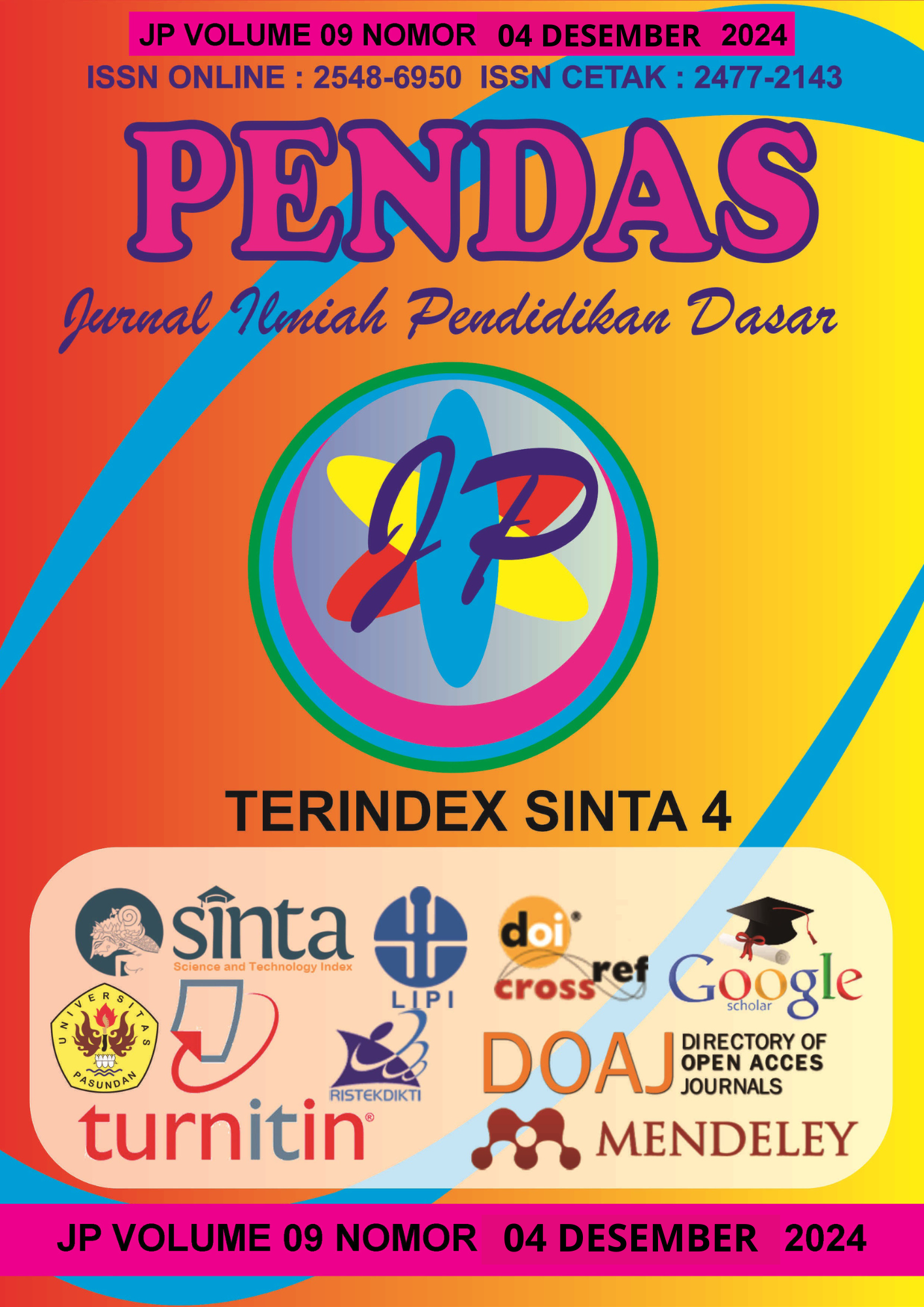GAMBARAN PENCARIAN IDENTITAS AGAMA PADA MAHASISWA DI MASA REMAJA AKHIR DENGAN ORANG TUA BERBEDA AGAMA
DOI:
https://doi.org/10.23969/jp.v9i04.20687Keywords:
Religious Identity, Late Adolescence, InterfaithAbstract
Religious identity refers to an individual's understanding and acknowledgment of the religion they adhere to, which includes beliefs, practices, values, and symbols associated with that religion. Religious identity reflects how individuals recognize themselves within a religious context, both in relation to God, others, and the world around them. This study aims to describe the process of religious identity exploration among young adults in late adolescence with parents from different religious backgrounds. Using a qualitative method with a phenomenological approach, this research involved six participants aged 18 to 22 from families with religious differences. Data collection was conducted through interviews and observations. The findings show that the process of religious identity formation in adolescents occurs in two main phases: exploration and commitment. In the exploration phase, adolescents seek knowledge and information about religion through reading, discussing, and participating in seminars, which is influenced by interactions with family and social environments, particularly in participants B, C, and E. The commitment phase is characterized by making decisions about the religion they will follow, supported by involvement in religious activities, emotional support, and identification with significant figures, as seen in participants A, D, and F. Open communication with parents plays a significant role in supporting religious exploration and commitment, while conflicts with parents can lead to anxiety that hinders the commitment process. This study provides an overview of the dynamics of religious identity exploration among adolescents growing up in families with religious differences.
Downloads
References
Erikson, E. H. (1968). Identity: Youth and crisis. W. W. Norton & Company.
Kaharuddin, K., & Syafruddin, S. (2020). Pernikahan Beda Agama Dan Dampak Terhadap Pendidikan Agama Anak. Sangaji: Jurnal Pemikiran Syariah Dan Hukum, 4(1), 53-81.
Priskila, D. & Widiasavitri, P. N. (2020). Gambaran pencarian identitas agama pada remaja dengan orangtua beda agama di bali. Jurnal Psikologi Udayana, 7(1), 91-101.
Putri, E. R. (2023). Krisis Identitas Agama pada Usia Remaja. Bayani, 3(1), 39-51.
Riza, A. (2023). Hubungan Gaya Pengasuhan Enabling dan Constraining Guru dengan Resolusi Krisis Identitas Domain Agama pada Santri Pesantren Modern Nurul Hakim Deli Serdang.
Suci, I. G. S., Wijoyo, H., & Indrawan, I. (2020). Pengantar Sosiologi Pendidikan. Pasuruan: Qiara Media.
Suryana, E., Wulandari, S., Sagita, E., & Harto, K. (2022). Perkembangan masa remaja akhir (tugas, fisik, intelektual, emosi, sosial dan agama) dan implikasinya pada pendidikan. JIIP-Jurnal Ilmiah Ilmu Pendidikan, 5(6), 1956-1963.
Umam, F. (2016). Hubungan Antarumat Beragama Berspirit Multikulturalisme. TASÂMUH, 13(2), 101-125.
Wardani, P. K., & Supratman, L. P. (2021). Komunikasi Interpersonal Remaja-Orangtua Berbeda Agama Tentang Kebebasan Remaja Memilih Agama Dalam Keluarga. Communicology: Jurnal Ilmu Komunikasi, 9(2), 272 - 288. https://doi.org/10.21009/COMMUNICOLOGY.022.09.
Yaumi, M. (2016). Pendidikan karakter: landasan, pilar & implementasi. Prenada Media.
Downloads
Published
Issue
Section
License
Copyright (c) 2024 Pendas : Jurnal Ilmiah Pendidikan Dasar

This work is licensed under a Creative Commons Attribution 4.0 International License.



















